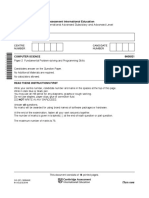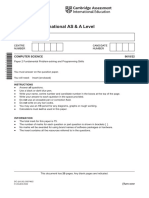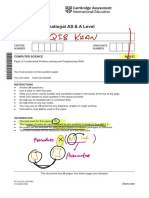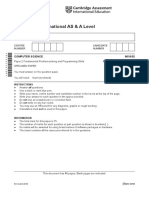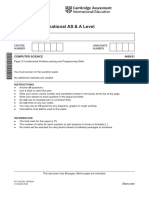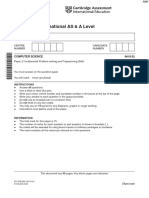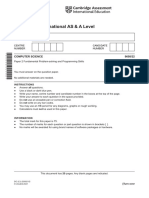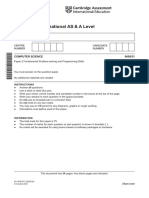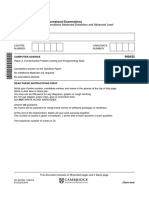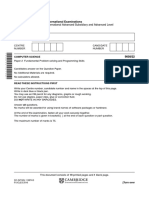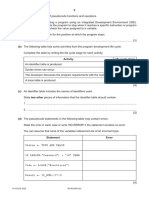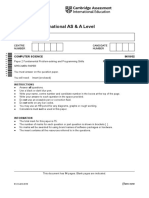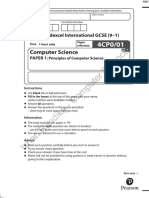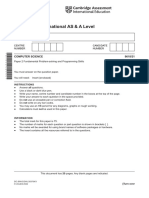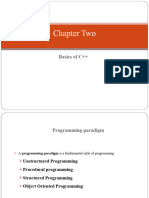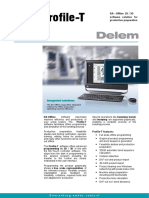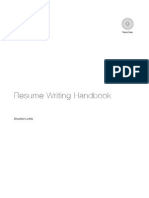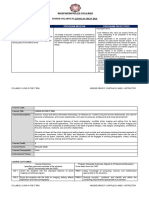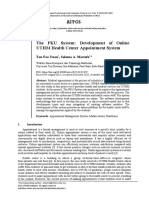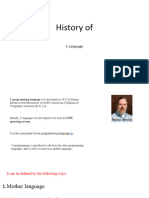0% found this document useful (0 votes)
45 views7 pagesComputer Assignment For AS 11
This document is an examination paper for Cambridge International AS & A Level Computer Science, focusing on fundamental problem-solving and programming skills. It includes instructions for answering questions, information about the assessment format, and several programming-related tasks involving pseudocode, algorithms, and data types. The paper consists of multiple sections requiring candidates to demonstrate their understanding of programming concepts and practices.
Uploaded by
sumanbasnet80123Copyright
© © All Rights Reserved
We take content rights seriously. If you suspect this is your content, claim it here.
Available Formats
Download as PDF, TXT or read online on Scribd
0% found this document useful (0 votes)
45 views7 pagesComputer Assignment For AS 11
This document is an examination paper for Cambridge International AS & A Level Computer Science, focusing on fundamental problem-solving and programming skills. It includes instructions for answering questions, information about the assessment format, and several programming-related tasks involving pseudocode, algorithms, and data types. The paper consists of multiple sections requiring candidates to demonstrate their understanding of programming concepts and practices.
Uploaded by
sumanbasnet80123Copyright
© © All Rights Reserved
We take content rights seriously. If you suspect this is your content, claim it here.
Available Formats
Download as PDF, TXT or read online on Scribd
/ 7



